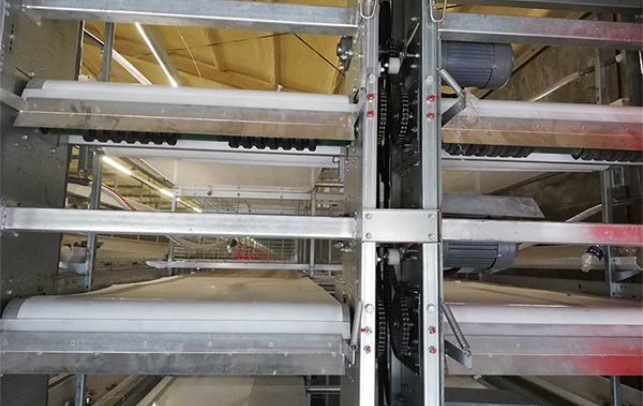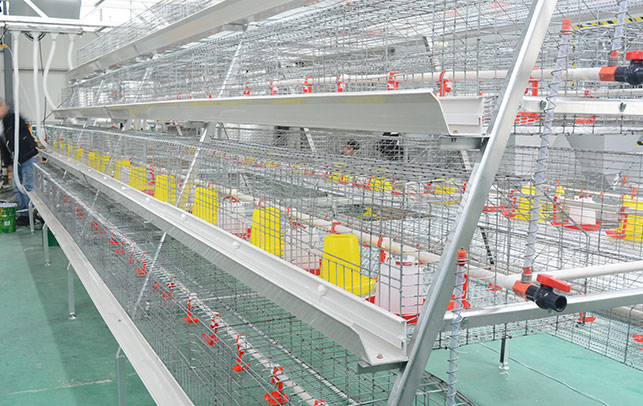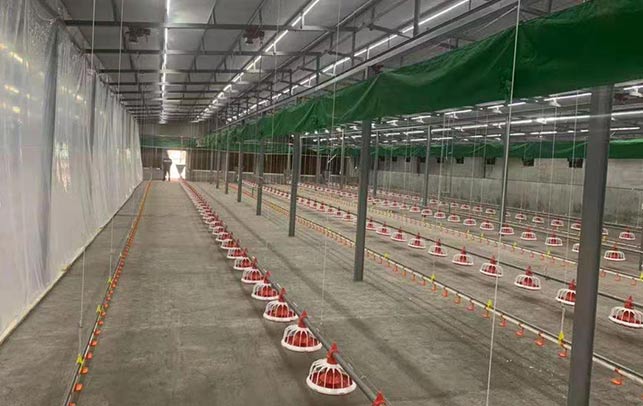Successful Poultry Farm Setup Tips
Time : 2025-03-25
Creating a successful poultry farm is a complex endeavor that requires careful planning, knowledge, and dedication. Whether you are starting a small backyard operation or looking to expand your business, the following tips can help ensure your poultry farm is set up for success.
1. Choose the Right Location
The first step in setting up a successful poultry farm is selecting the right location. Consider the following factors:
– Accessibility: Ensure your farm is easily accessible for suppliers, customers, and employees.
– Climate: Choose a climate that is suitable for your chosen poultry species. Different breeds thrive in different temperatures and humidity levels.
– Zoning: Check local zoning laws to ensure poultry farming is permitted in your area.
– Space: Ensure you have enough space for your poultry, as well as for future expansion.
2. Select the Right Poultry Species
The success of your farm depends on choosing the right poultry species for your climate, market, and resources. Consider the following:
– Disease Resistance: Choose breeds that are resistant to common poultry diseases.
– Feeding Requirements: Consider the diet and nutritional needs of the birds.
– Productivity: Look for breeds that are known for high productivity in the products you are interested in (eggs, meat).
– Market Demand: Research the demand for your chosen poultry products in your target market.
3. Design an Efficient Housing System
Proper housing is crucial for the health and well-being of your poultry. Here are some tips:
– Ventilation: Ensure your housing has adequate ventilation to maintain air quality and temperature control.
– Lighting: Use natural light and controlled artificial lighting to mimic natural day and night cycles.
– Flooring: Use a material that is easy to clean and sanitize, such as concrete or slatted floors.
– Space Allocation: Provide enough space for the birds to move around and express their natural behaviors.
4. Develop a Management Plan
A solid management plan is essential for keeping your poultry healthy and productive. Here’s what to include:
– Feeding Program: Design a balanced feeding program that meets the nutritional needs of your birds.
– Watering System: Ensure a reliable and clean water supply at all times.
– Sanitation and Biosecurity: Establish routines for cleaning and disinfecting the housing and equipment to prevent disease spread.
– Monitoring: Regularly monitor the health and productivity of your birds.
5. Implement Biosecurity Measures
Biosecurity is vital to prevent the introduction and spread of diseases on your farm. Consider the following:
– Visitor Policies: Restrict access to the farm and ensure visitors are clean and wearing appropriate footwear.
– Transportation: Clean and disinfect vehicles before entering the farm.
– Disease Surveillance: Regularly test for diseases and be prepared to isolate sick birds.
6. Optimize Production and Cost Efficiency
Maximizing production and minimizing costs are key to running a profitable poultry farm. Here are some strategies:
– Automation: Invest in automation technologies to improve efficiency and reduce labor costs.
– Energy Management: Implement energy-saving practices to lower utility bills.
– Feed Conversion Ratio: Focus on improving the feed conversion ratio to reduce costs per kilogram of product.
7. Market Your Products
A strong marketing strategy is essential for selling your poultry products. Consider:
– Brand Identity: Create a brand that stands out and communicates the quality and value of your products.
– Direct Sales: Establish direct sales channels to consumers, such as farm gates, farmers markets, or online sales.
– Retail Partnerships: Partner with local retailers to expand your market reach.
8. Stay Informed and Continuing Education
The poultry industry is constantly evolving. Stay informed about the latest trends, regulations, and best practices by:
– Networking: Attend industry conferences, workshops, and seminars.
– Professional Development: Invest in continuing education and certifications.
– Industry Publications: Read relevant publications to stay updated on the latest news and research.
By following these tips, you can set up a successful poultry farm that is not only profitable but also sustainable and environmentally responsible.
Conclusion
Establishing a successful poultry farm requires careful consideration of many factors, from choosing the right location and species to managing health and production efficiently. With thorough planning and ongoing management, your poultry farm can become a thriving operation.











